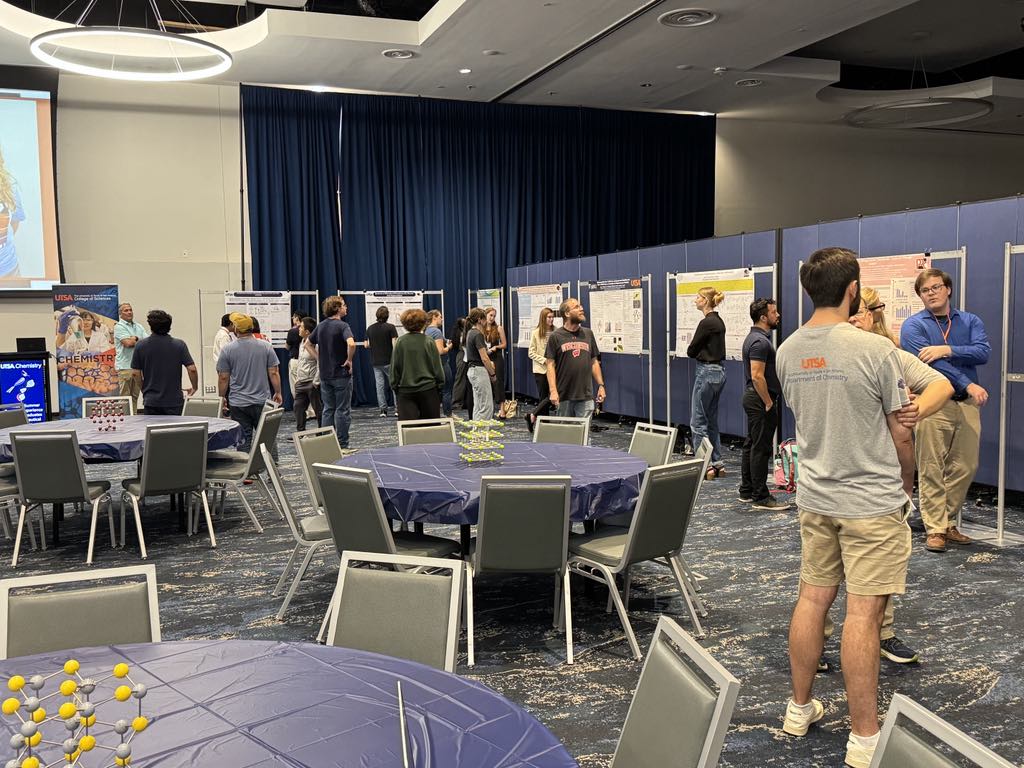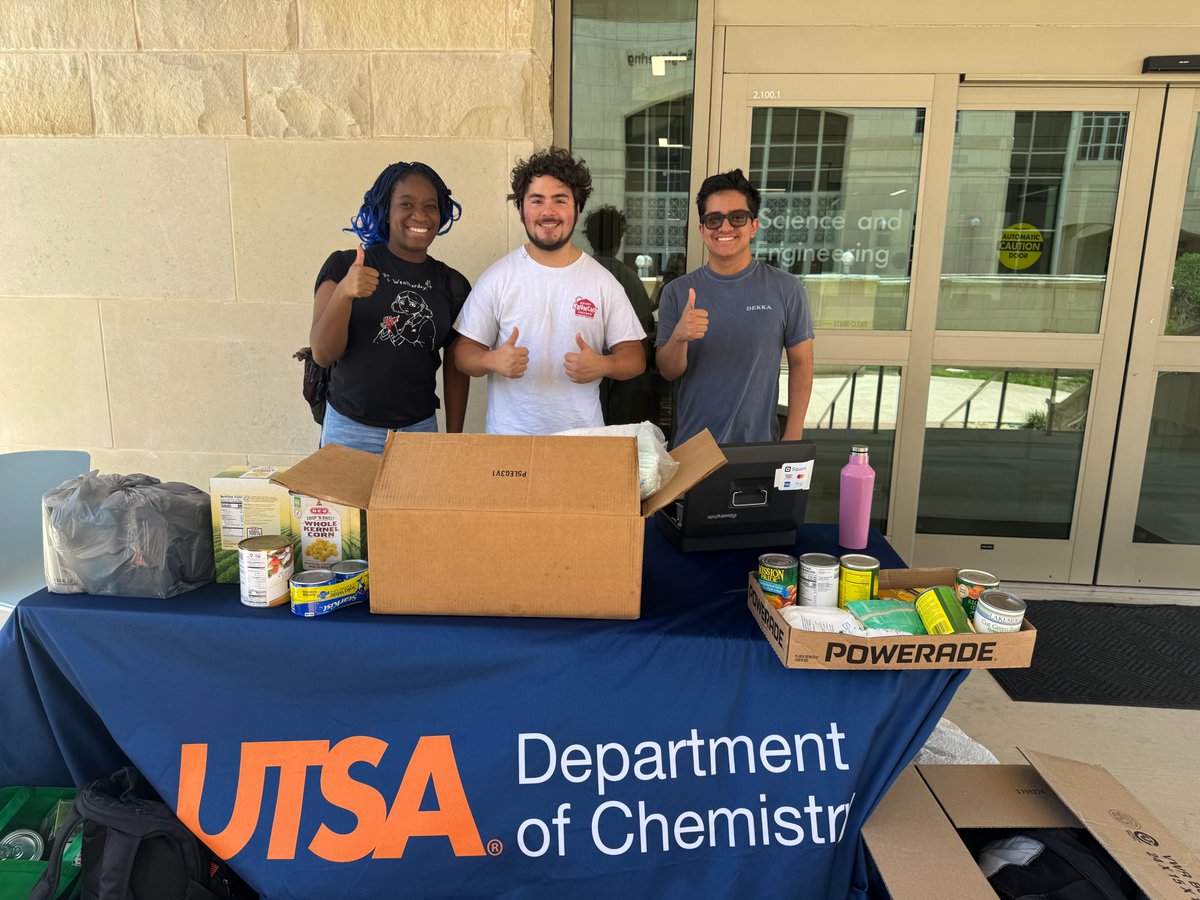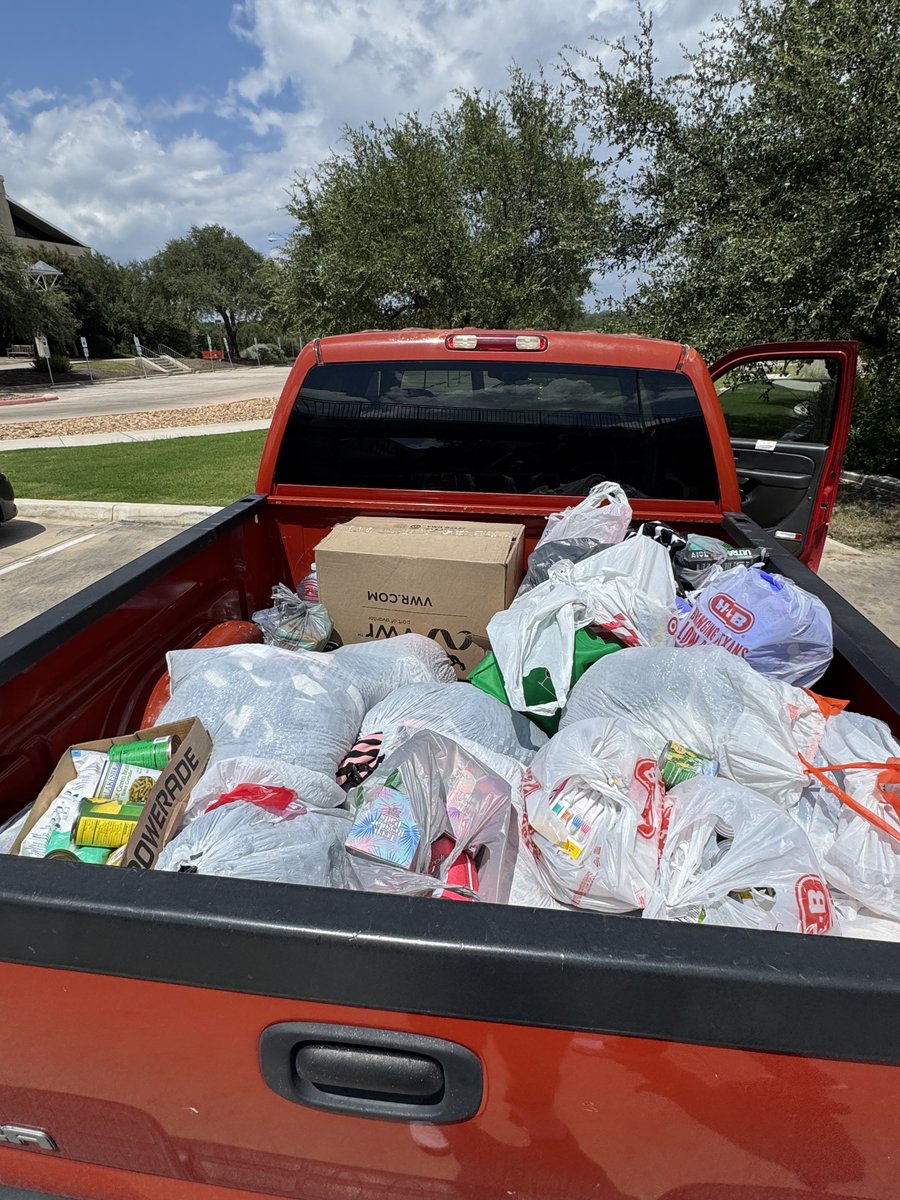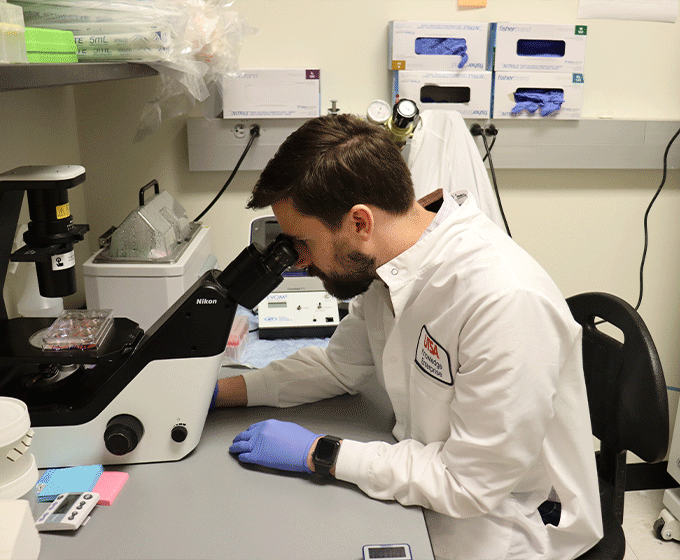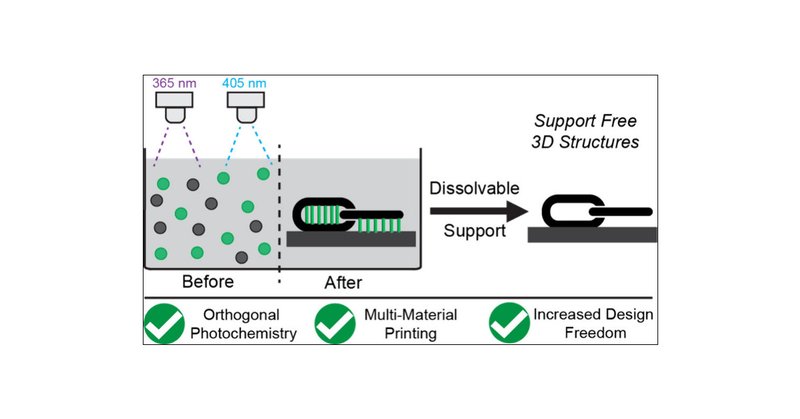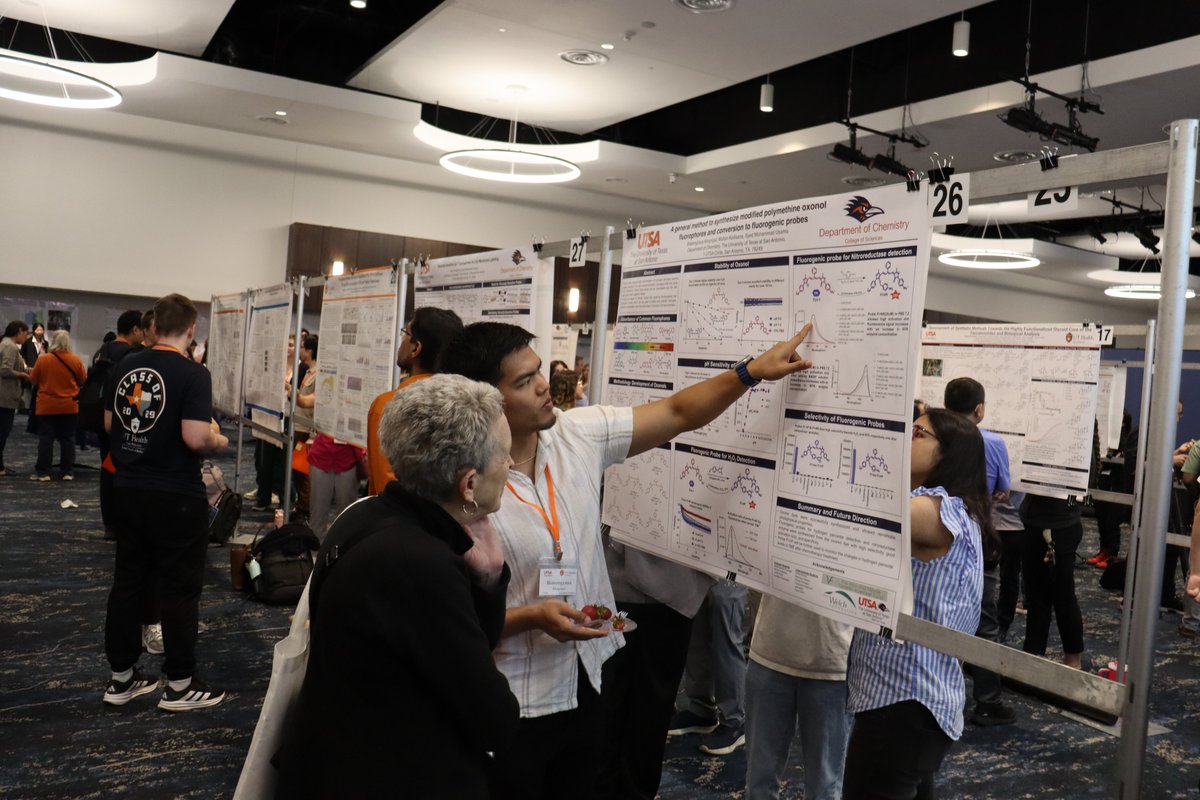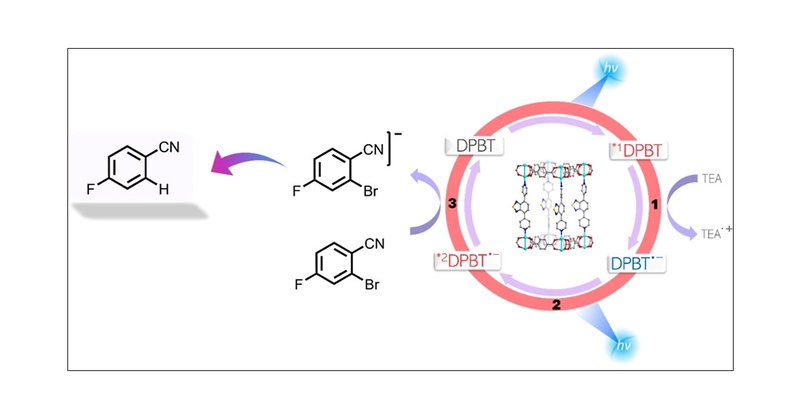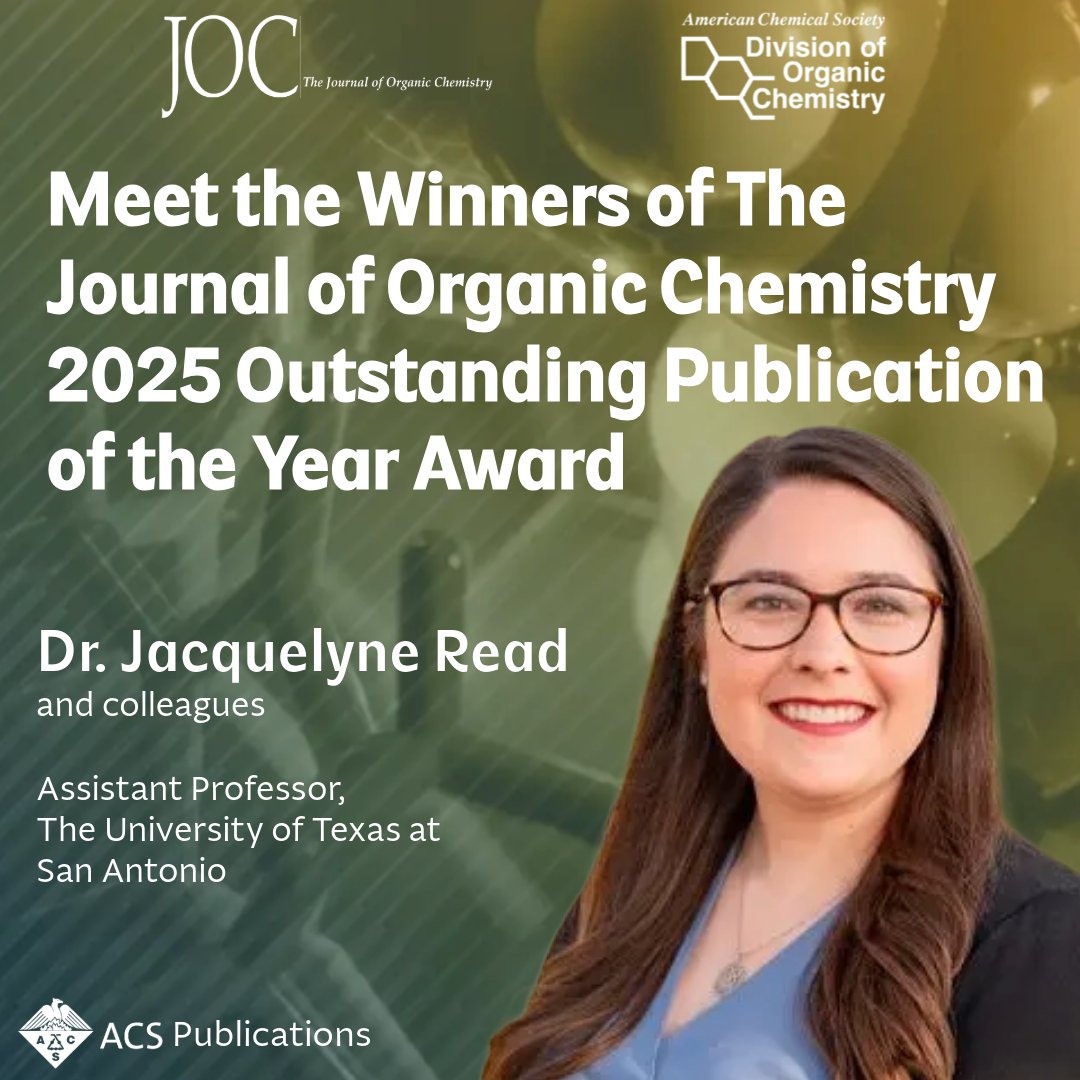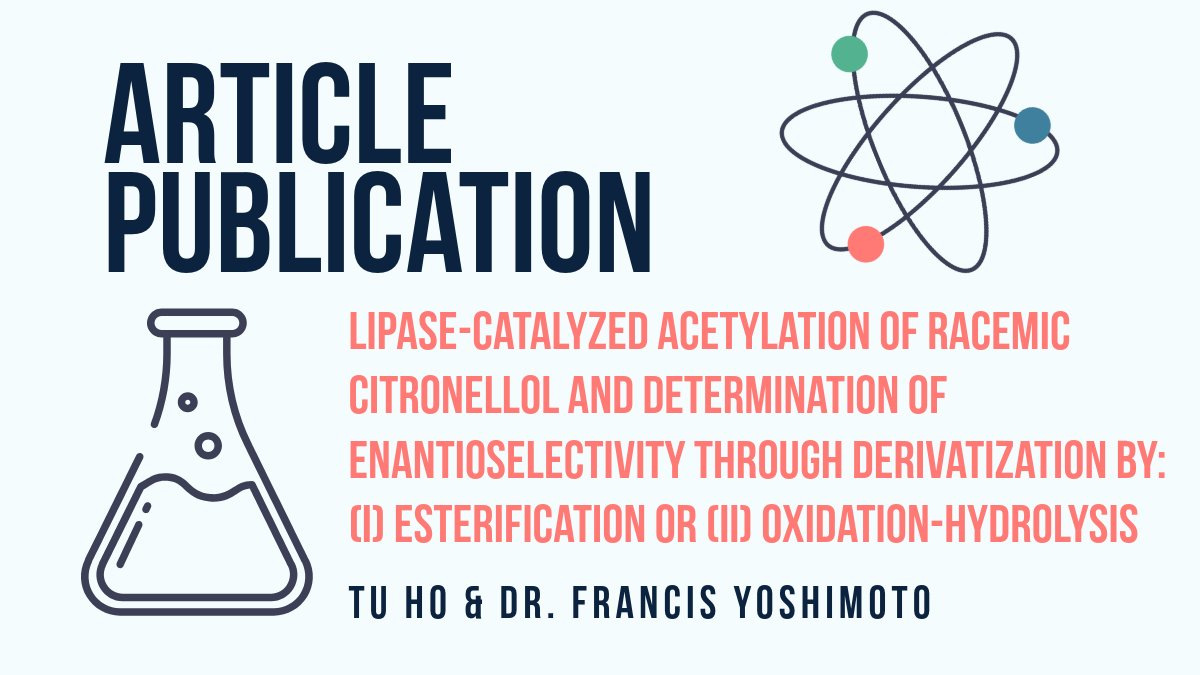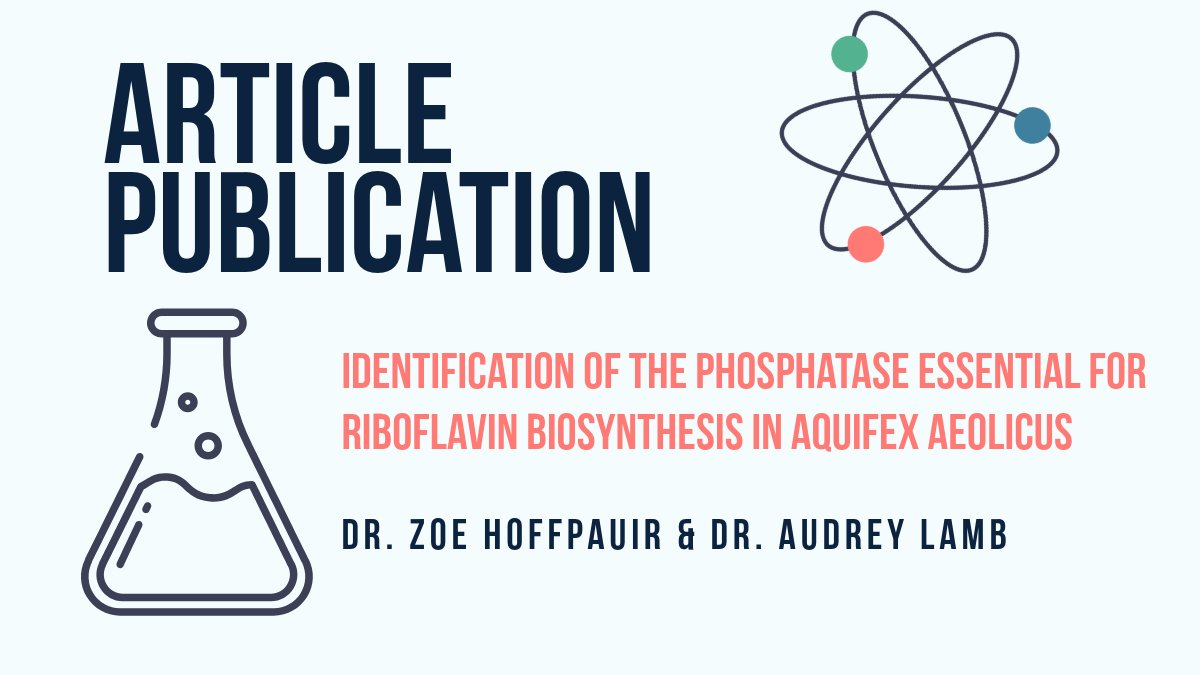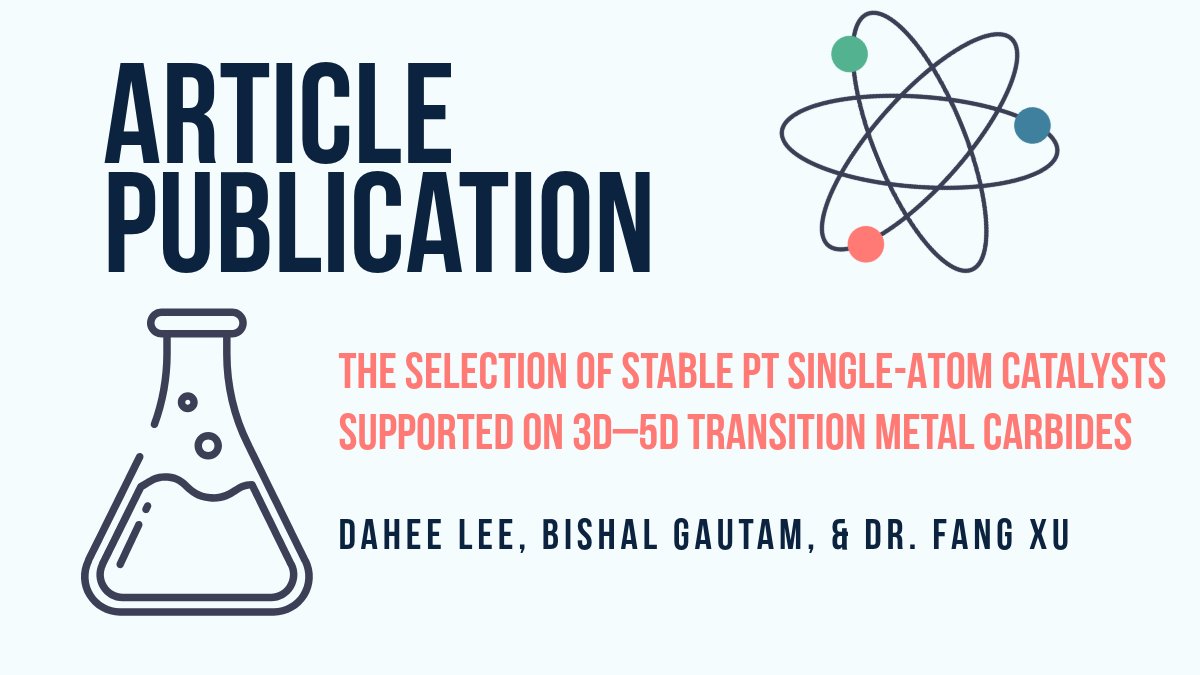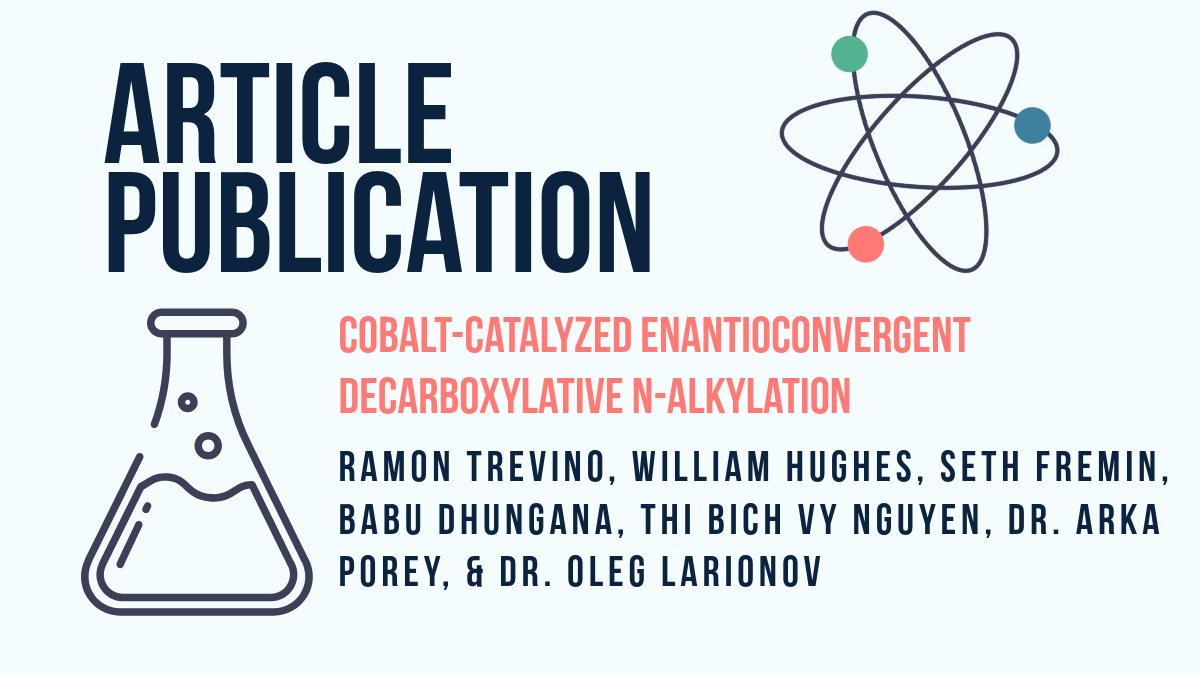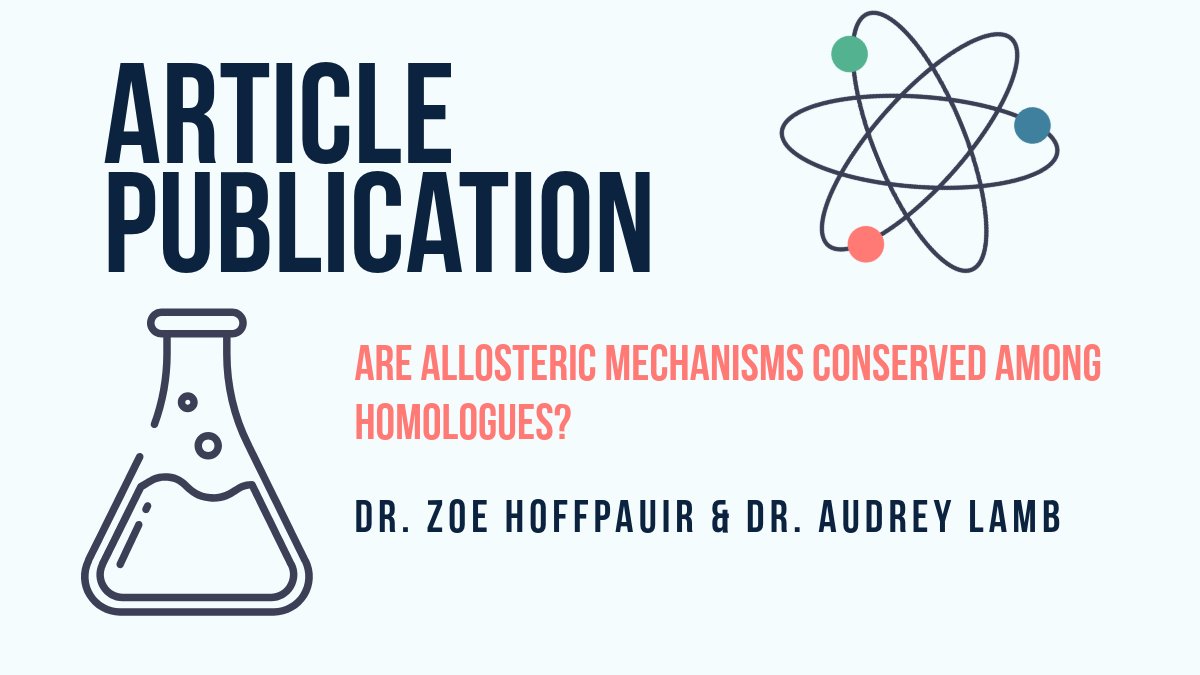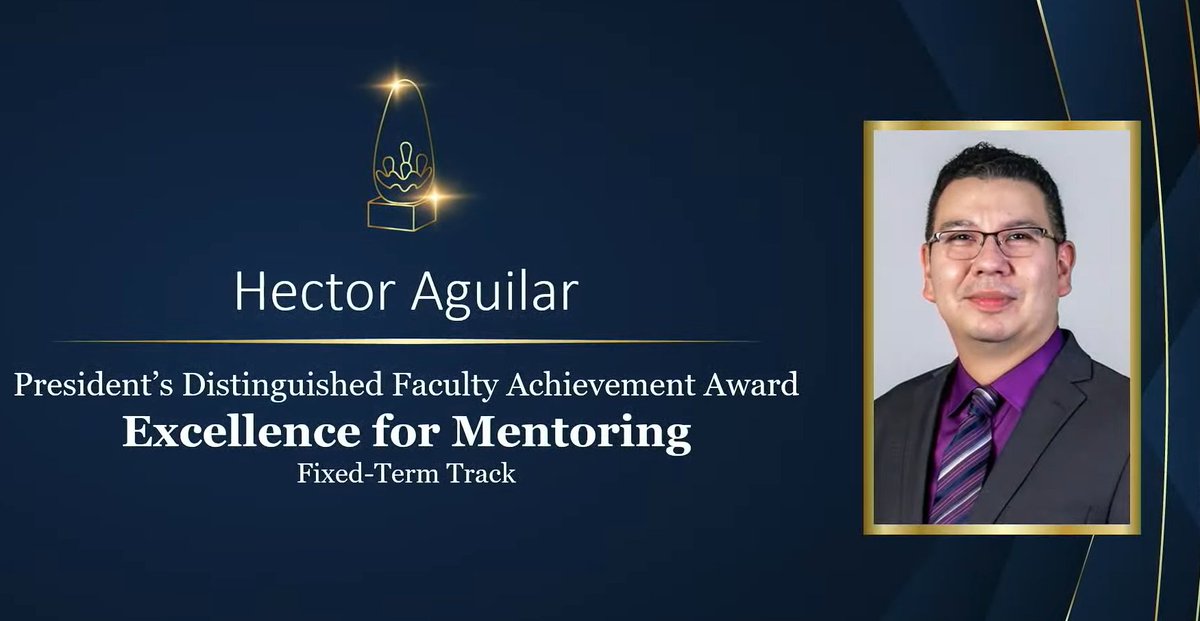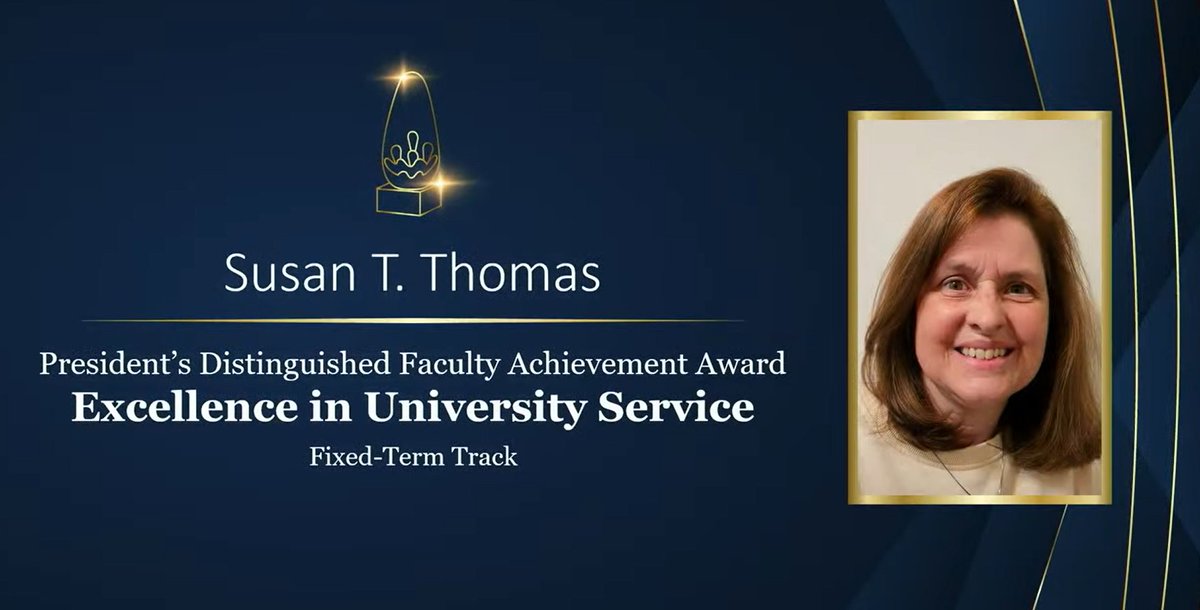
UTSAChemistry
@UTSAChemistry
Followers
284
Following
879
Media
225
Statuses
402
Our department emphasizes cutting-edge research directed to the preparation of our students for competitive future careers.
San Antonio, Texas
Joined September 2019
Congrats to UTSA Chemistry’s Anthony Amaya, Dr. Hadi Arman, & Dr. Zachary Tonzetich on their collaborative published article “Incorporation of Tellurium into a NNN Pincer Ligand Framework & Consequences on Coor. ” in ACS Inorganic Chemistry. @UTSASciences.
pubs.acs.org
Secondary bonding interactions such as hydrogen-bonding have emerged as beneficial design elements in the construction of molecular catalysts. Here we examine the incorporation of chalcogen-bonding...
0
1
1
Congrats to our 2nd cohort of the Voelcker Summer Research Experience for Undergraduates in Pharmaceutical Sciences! We wrapped up an incredible summer with a Poster Session & Closing Reception, where our students proudly showcased their research projects. @UTSASciences
0
1
3
Congratulations to UTSA Chemistry’s Jared Head and Dr. Syed Muhammad Usama on their published article in ACS Central Science about “One-Pot Dual-Wavelength 3D Printing Breaks Free from Support Constraints”. Be sure to check it out!
pubs.acs.org
The Page and Huang groups employ orthogonal light sources to fabricate freestanding 3D structures that eliminate the need for traditional support material.
0
0
1
Thank you to everyone who joined the UTSA & UT Health SA Joint Retreat! Science Synergy Day was filled with insightful scientific talks, engaging poster presentations, & valuable networking that sparked exciting conversations & collaborative possibilities. @UTSA @UTHealthSA
0
0
1
Congrats to UTSA Chemistry’s Abul Mansur Muhammed Fahim, Dr. Xiaodan Wang, Dr. Tanjila Islam, Dr. Isai Barboza-Ramos, Dr. Naresh Duvva, Dr. Habtom Gobeze, & Dr. Kirk Schanze on their collaborative article publish in ACS Applied Materials & Interfaces.
pubs.acs.org
Excited states of anion radicals function as potent “super-reductants” in photoreduction reactions that occur by consecutive photoinduced electron transfer (conPET). In this work, we study the...
0
0
2




